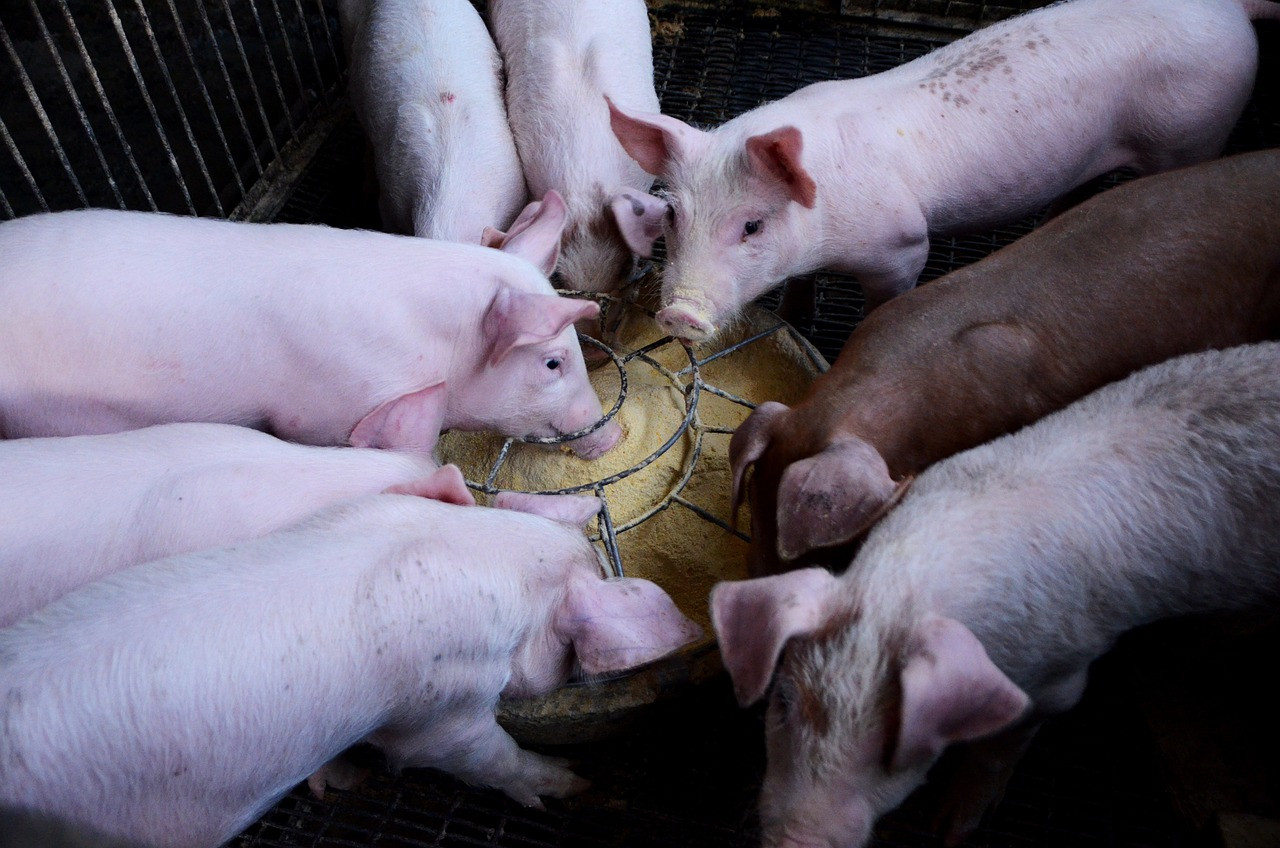Swine diseases are a significant concern in the livestock industry, not only because of their impact on animal health but also due to the substantial economic losses they can cause. The costs associated with these diseases often extend beyond immediate treatment and include long-term repercussions on productivity, profitability, and even market dynamics. Understanding these hidden costs and implementing effective prevention strategies are crucial for maintaining a sustainable and profitable swine operation.
Economic Impact of Swine Diseases
Swine diseases can incur direct and indirect costs that affect the entire farming operation. The direct costs are usually more visible and include expenses related to veterinary care, medications, and vaccines. However, the indirect costs, which can be even more substantial, often go unnoticed until they significantly impact the farm's bottom line.
Discover the full range of https://biopoint.eu/product-line/pigs/during-periods-of-infection/’s animal care products.
1. Decreased Productivity and Growth Rates
One of the most immediate effects of swine diseases is a decline in productivity. Diseases such as Porcine Reproductive and Respiratory Syndrome (PRRS) and Swine Influenza can severely impact the growth rates of pigs. Infected pigs often experience reduced feed intake, slower weight gain, and poor feed conversion efficiency. This delay in reaching market weight increases the time pigs spend on the farm, which in turn raises feeding costs and reduces the overall throughput of the operation.
2. Increased Mortality and Culling Rates
Swine diseases can lead to higher mortality rates, particularly among young piglets and immunocompromised animals. For instance, Porcine Epidemic Diarrhea Virus (PEDV) can cause mortality rates of up to 100% in young piglets, leading to devastating losses. Additionally, diseases often necessitate the culling of infected animals to prevent further spread, resulting in immediate financial losses due to the loss of animals that could have otherwise contributed to the farm’s productivity.
3. Reproductive Losses
Diseases like PRRS can cause significant reproductive issues, including reduced fertility, increased rates of abortion, stillbirths, and weak piglets. These reproductive failures lead to a reduced number of pigs born alive, impacting the future productivity of the herd. The long-term economic effects include lower farrowing rates, decreased piglet survival, and ultimately, fewer pigs available for sale.
4. Increased Veterinary and Medication Costs
The treatment of swine diseases often requires significant expenditures on veterinary services and medications. Frequent outbreaks can lead to a continuous cycle of treatment costs, which can quickly add up. Furthermore, the over-reliance on antibiotics and other medications can contribute to antimicrobial resistance, potentially leading to the need for more expensive treatments in the future.
5. Disruption of Market Access
Swine diseases can also have broader economic implications by disrupting market access. Outbreaks can lead to restrictions on the movement of animals and products, both domestically and internationally. These restrictions can result in lost sales, lower market prices, and reduced profitability. In severe cases, countries or regions may face bans on pork exports, leading to significant economic losses.
Prevention Strategies
Given the significant economic impact of swine diseases, prevention is crucial. Implementing effective prevention strategies can help minimize the risk of disease outbreaks and reduce the associated costs.
1. Biosecurity Measures
Strong biosecurity protocols are the foundation of disease prevention in swine operations. Biosecurity measures include controlling access to the farm, quarantining new or returning animals, and maintaining strict sanitation practices. By preventing the introduction and spread of pathogens, biosecurity measures help protect the health of the herd and reduce the need for costly treatments.
2. Vaccination Programs
Vaccination is a key preventive measure that can help protect pigs from many common diseases. A well-planned vaccination program tailored to the specific needs of the herd can significantly reduce the incidence and severity of diseases. Regular updates to vaccination schedules based on the latest disease threats and veterinary advice are essential for maintaining herd immunity.
3. Nutritional Support and Feed Additives
Proper nutrition plays a vital role in maintaining the health and resilience of pigs. High-quality feed, supplemented with appropriate vitamins, minerals, and feed additives such as probiotics and organic acids, can strengthen the immune system and improve gut health. These nutritional strategies help pigs resist infections and recover more quickly if they do become ill, reducing the overall impact of diseases on the herd.
4. Early Detection and Monitoring
Regular monitoring and early detection of disease symptoms are critical for minimizing the spread and impact of swine diseases. Farmers should conduct routine health checks and be vigilant for any signs of illness. Implementing diagnostic testing can aid in the early identification of infections, allowing for prompt treatment and containment. Early intervention can prevent disease outbreaks from escalating and reduce the long-term economic impact.
5. Employee Training and Awareness
Educating farm workers on the importance of biosecurity, disease prevention, and early detection is crucial for the success of any disease management program. Well-trained employees are more likely to adhere to biosecurity protocols, recognize early signs of disease, and take appropriate actions to prevent the spread of infections.

